Historical Background of the Exclusionary Rule
Origins in U.S. Law
The exclusionary rule comes from the Fourth Amendment of the U.S. Constitution. This amendment shields citizens from unreasonable searches by government officials. Before this rule existed, people had little protection from police privacy rights violations.
The principle originated in the 1914 case Weeks v. United States (232 U.S. 383), where the U.S. Supreme Court decided that federal courts must exclude evidence obtained through unconstitutional searches. In Adams v. New York (192 U.S. 585), the Court initially allowed admission of evidence seized illegally but later changed course. The landmark Boyd v. United States (116 U.S. 616) connected the Fourth Amendment to self-incrimination grounds under the Fifth Amendment.
Key Supreme Court Cases
The landmark case Mapp v. Ohio (367 U.S. 643) in 1961 greatly expanded the rule's reach. The Supreme Court extended the rule to state courts, not just federal courts. Police had broken into Dollree Mapp's home without a valid warrant. The Court ruled the evidence found was inadmissible.
Other key cases shaped the rule:
- Wolf v. Colorado (338 U.S. 25)
- Elkins v. United States (364 U.S. 206), which ended the "silver platter doctrine" that had allowed federal agents to use evidence illegally seized by state officers
- Rochin v. California (342 U.S. 165)
- Lustig v. United States (338 U.S. 74)
These decisions changed how police gather evidence. Before Mapp, district courts often allowed evidence obtained through illegal actions, but Justice Black and others eventually supported extending federal protections to state cases through judicial implication of the Constitution.
Purpose and Importance of the Exclusionary Rule
 Protecting Fourth Amendment Rights
Protecting Fourth Amendment Rights
The exclusionary rule guards your Fourth Amendment rights against illegal searches. When police conduct searches without reasonable suspicion or probable cause, courts can block that evidence from your trial.
This protection covers:
- Physical evidence taken during illegal searches
- Statements made after illegal arrests
- Private papers and personal documents seized improperly
- Items discovered through the compulsory production of business papers
Without this rule, your reasonable expectation of privacy would have little real protection. Law enforcement might ignore constitutional boundaries if they could still use the evidence they found through improper methods.
The rule shows that in our justice system, even strong evidence of guilt cannot be used if police broke the law to get it. This maintains the integrity of our legal system and provides civil remedies for those whose rights were violated.
Impact on Law Enforcement Practices
The exclusionary rule has changed how police work. Knowing that improperly gathered evidence will be thrown out, officers must be more careful to follow proper procedures when collecting evidence.
This has led to better training for police departments. Officers now document their reasons for searches and seizures. They make sure they have reasonable belief before taking action.
When officers engage in negligent conduct, the rule is a teaching tool. It helps prevent similar mistakes and discourages misconduct. The reasonable officer standard guides what actions are appropriate in the circumstances relevant to each case, including high-stress situations like a dangerous car chase.
How the Exclusionary Rule Works
Process of Excluding Evidence
When we believe evidence came from an unlawful search, we file a motion to suppress. This motion explains how the police violated your rights and why the evidence should be blocked.
The court then holds a hearing at which both sides present their cases. We might question the officers about their actions, and the prosecution will try to justify the search.
A judge decides if the evidence will be allowed based on how it was collected. This rule of evidence shapes what can be presented at trial. If the judge agrees your rights were violated, they will order that the evidence cannot be used against you, even if it clearly points to criminal activity.
Role in Criminal Trials
The exclusionary rule can dramatically change the outcome of criminal trials. When key evidence is suppressed, prosecutors may have to drop charges if they can't prove their case without it.
For example, if police find illegal items during an unlawful search of your home, and this evidence is excluded, the prosecution cannot mention those items at trial. The constitutional violation trumps the evidence's importance.
Different cases are affected in different ways:
- In drug cases, suppressing physical evidence often ends the case
- In robbery cases, excluding stolen items might weaken but not destroy the case
- In financial crime cases, excluding private papers can be critical
The rule affects both federal trials and state proceedings, changing how cases move through the administration of justice.
Related Doctrines to the Exclusionary Rule
 Fruit of the Poisonous Tree Doctrine
Fruit of the Poisonous Tree Doctrine
The "fruit of the poisonous tree" principle broadens the exclusionary rule to encompass more than just the primary evidence. Any evidence from an illegal search is also tainted and generally inadmissible in court.
If police conduct an unlawful search of your car and find a key leading to stolen goods, the key and the stolen items could be considered inadmissible in court. The stolen goods are the "fruit" of the Fourth Amendment violation.
This doctrine stops law enforcement from benefiting from constitutional violations, even indirectly. Without it, police might have reason to conduct illegal searches, hoping they would lead to other evidence. The Supreme Court explained this concept in Nardone v. United States (308 U.S. 338) and Wong Sun v. United States (371 U.S. 471).
Good Faith Exception
The good-faith exception limits the exclusionary rule. Under this exception, evidence from invalid search warrants may still be allowed if officers acted with reasonable conduct based on a mistaken belief that was objectively reasonable.
For example, if police execute a search warrant that was improperly issued due to a judge's error, but the officers had no way of knowing about the problem, the evidence might still be allowed. The Supreme Court created this exception in United States v. Leon (468 U.S. 897).
The Court reasoned that excluding evidence wouldn't deter police misconduct since the officers believed they followed the law. This exception acknowledges that reasonable mistakes can happen within law enforcement's government capacity.
Independent Source Doctrine
The independent source doctrine allows evidence despite a Fourth Amendment violation if it was also discovered through legal means separate from the original misconduct.
If police illegally enter your home but later get a valid warrant based on information they had before the illegal entry, evidence from the legal search may still be admissible. The key question is whether the legal search was truly independent of the constitutional violation.
This doctrine focuses on whether excluding the evidence would put the prosecution in a worse position than if no misconduct had occurred. The Supreme Court outlined this doctrine in Murray v. United States (487 U.S. 533) and Segura v. United States (468 U.S. 796).
Inevitable Discovery Doctrine
The inevitable discovery exception allows evidence despite illegal methods if prosecutors can prove that the evidence would have eventually been found through legal means.
For example, if the police were to conduct an illegal search but could show they were already getting a valid warrant, the evidence might still be allowed. The Supreme Court established this doctrine in Nix v. Williams (467 U.S. 431).
We carefully check claims of inevitable discovery. The prosecution must prove it was inevitable, not just possible, that the evidence would have been legally found. This helps protect your rights from being undermined by speculative arguments.
Application of the Exclusionary Rule at Federal and State Levels
Federal Application
The exclusionary rule has been applied in federal courts since the 1914 Weeks decision. Federal judges typically take a strict approach to Fourth Amendment violations. They carefully review whether federal agents followed proper procedures when gathering evidence.
The application varies across courts. The Supreme Court in United States v. Calandra (414 U.S. 338) limited the application in grand jury proceedings. Other significant cases include United States v. Janis (428 U.S. 433) and INS v. Lopez-Mendoza (468 U.S. 1032), which addressed when the rule applies in different contexts.
Cases like Bivens v. Six Unknown Named Agents (403 U.S. 388) created alternative remedies for constitutional violations. However, qualified immunity often protects officers from personal liability, making the exclusionary rule even more important as a remedy.
State Application
While the exclusionary rule applies to all states following Mapp v. Ohio, state courts sometimes apply it differently than federal courts. Some states offer stronger protections under their state constitutions.
California, for example, has historically provided broader protection against unreasonable searches than federal law requires. Other states follow federal precedents more closely, as outlined in Stone v. Powell (428 U.S. 465).
These variations matter greatly when defending against state charges. We use our knowledge of California's laws to identify every possible violation of your rights. State statutory remedies sometimes supplement the constitutional rule.
Exceptions to the Exclusionary Rule
Courts have created several exceptions to the exclusionary rule. These exceptions balance protecting individual rights with society's interest in prosecuting crimes.
These exceptions don't give police permission to violate the Constitution intentionally. Rather, they address situations where excluding evidence wouldn't serve the rule's main purposes. Each exception requires careful analysis of whether the harsh sanction of exclusion is appropriate.
The Supreme Court in Hudson v. Michigan (547 U.S. 586) expanded these exceptions, showing the ongoing tension between constitutional protection and law enforcement needs. Chief Justice Rehnquist, the modern proponent of these exceptions, emphasized the social costs of excluding reliable evidence.
Specific Circumstances Allowing Exceptions
Several specific exceptions exist beyond those already mentioned:
Exigent circumstances: Allows evidence from warrantless searches in emergencies
Plain view doctrine: Permits officers to seize evidence they spot from a lawful position
Impeachment exception: Allows prosecutors to use illegal evidence to challenge your credibility if you testify
Foreign government exception: Evidence collected by a foreign government may be admissible even if the collection would violate U.S. law
The Court has also restricted the rule in cases involving a special tribunal rather than a criminal trial. The application of irrelevant doctrine suggests that in some contexts, like deportation hearings, the exclusionary rule may not apply.
Criticisms and Challenges of the Exclusionary Rule
Arguments Against the Rule
Critics of the exclusionary rule often argue that it frees guilty defendants because of technicalities. They suggest that blocking reliable evidence undermines trials' truth-seeking function.
Some point to cases where dangerous criminals avoided conviction after key evidence was excluded. Critics question whether the rule actually deters illegal searches or simply punishes the public by allowing criminals to escape justice based on police mistakes.
Others argue that Tort Remedies for Police Violations of Individual Rights could be a better approach. However, qualified immunity analysis often makes these remedies difficult to obtain in practice, limiting their effectiveness as an alternative to the exclusionary rule.
Impact on Justice System Efficiency
The rule affects the efficiency of the justice system. Suppression hearings add time to court proceedings. They often require detailed testimony about search circumstances.
Prosecutors must spend resources defending police actions rather than focusing solely on proving criminal charges. When evidence is suppressed, cases that might otherwise lead to convictions may be dismissed.
Some judges and scholars have suggested creating a permanent injunction against certain police practices rather than excluding case-by-case evidence. This would provide guidance on applying Fourth Amendment principles without necessarily freeing guilty individuals.
The Role of Legal Professionals in the Exclusionary Rule
 Skilled defense attorneys make the exclusionary rule effective. We examine every part of your case to find potential Fourth Amendment issues. We look at everything from the initial police contact through searches and seizures.
Skilled defense attorneys make the exclusionary rule effective. We examine every part of your case to find potential Fourth Amendment issues. We look at everything from the initial police contact through searches and seizures.
We file detailed motions explaining which actions violated your rights. Our experience helps us recognize subtle issues that might go unchallenged, such as whether incriminating admissions followed an illegal arrest or whether the plain implication of the Constitution was violated.
Beyond individual cases, defense lawyers help shape the development of the exclusionary rule. The close relationship between Fourth Amendment protections and proficient criminal defense makes this area of law particularly important for defense attorneys to master.
 At Summit Defense, our criminal defense attorneys know that the exclusionary rule protects your Constitutional rights when facing criminal charges. This legal rule stops police officers from using evidence they got through illegal searches. When a law enforcement official breaks the law while gathering evidence, courts can order the evidence inadmissible, preventing its use against criminal defendants at trial.
At Summit Defense, our criminal defense attorneys know that the exclusionary rule protects your Constitutional rights when facing criminal charges. This legal rule stops police officers from using evidence they got through illegal searches. When a law enforcement official breaks the law while gathering evidence, courts can order the evidence inadmissible, preventing its use against criminal defendants at trial.

 Protecting Fourth Amendment Rights
Protecting Fourth Amendment Rights Fruit of the Poisonous Tree Doctrine
Fruit of the Poisonous Tree Doctrine Skilled defense attorneys make the exclusionary rule effective. We examine every part of your case to find potential Fourth Amendment issues. We look at everything from the initial police contact through
Skilled defense attorneys make the exclusionary rule effective. We examine every part of your case to find potential Fourth Amendment issues. We look at everything from the initial police contact through  We understand how overwhelming criminal charges can feel. Our team of experienced defense attorneys knows how to identify illegal searches. We fight to have tainted evidence excluded from your case. With our
We understand how overwhelming criminal charges can feel. Our team of experienced defense attorneys knows how to identify illegal searches. We fight to have tainted evidence excluded from your case. With our